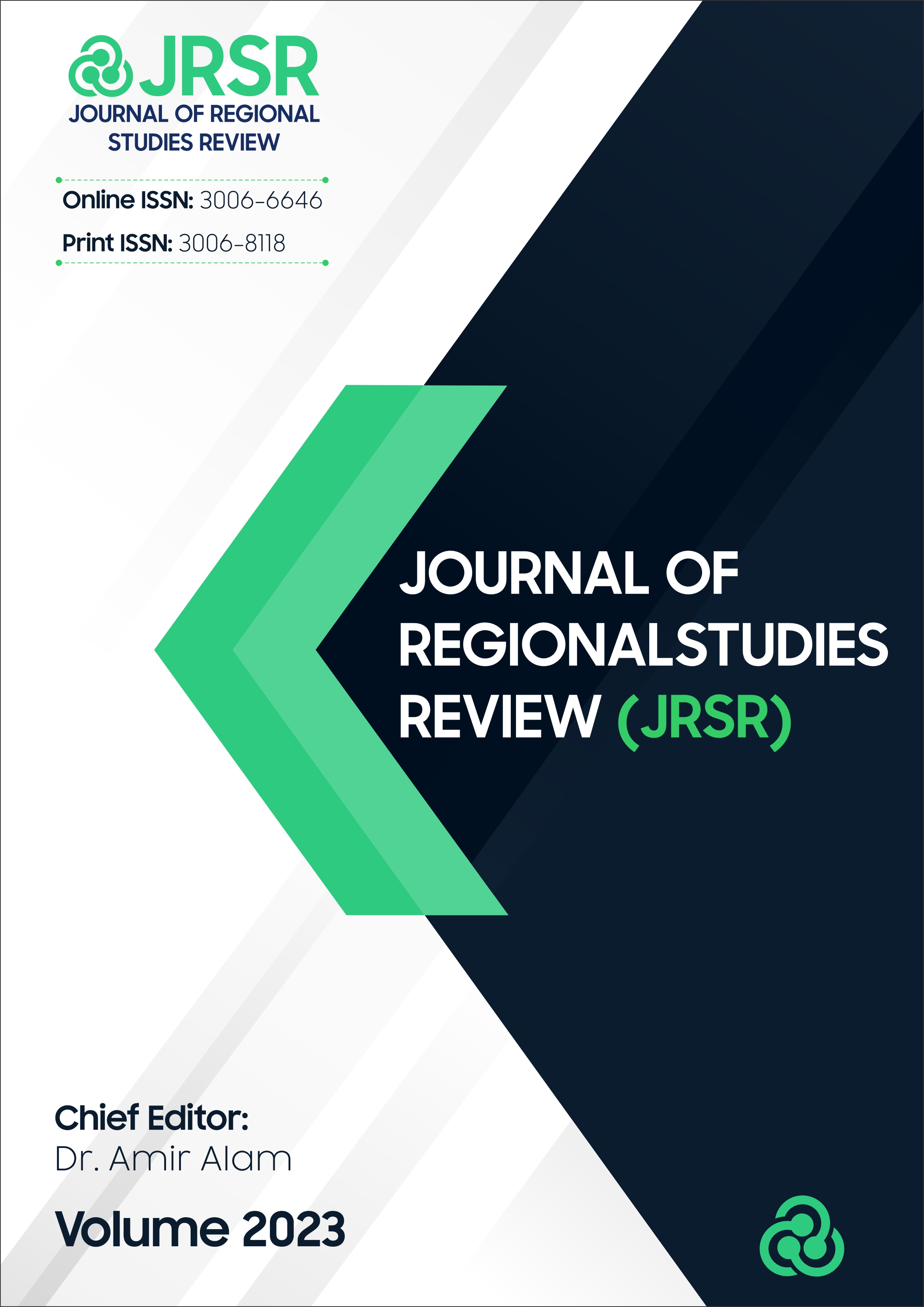Social Media's Impact on Kashmir's Liberation Movement
DOI:
https://doi.org/10.62843/jrsr/2023.51003Keywords:
Social Media, India, Kashmir, Freedom MovementAbstract
The youth-driven liberation struggle in Indian Held Kashmir (IHK) goes beyond the armed insurrection. The non-violent technique uses social media to expose and denounce Indian armed forces brutality and human rights violations, including systematic torture, rape, extrajudicial killings, and prisoner mistreatment. The victims' stories have been widely shared on social media. The next phase of the liberation movement began in 2016 after the Indian military forces killed Burhan Muzaffar Wani. Wani, a young leader and freedom fighter, used social media to mobilize the youth of Kashmir for the cause. Modern communication platforms like social media ensure the Kashmiri people's story about their struggle for liberation from Indian occupation and worldwide persecution is spread. The IHK liberation movement is examined using social movement framing analysis in this research. It seeks to understand how activists reinvent the movement through international protests. The activists are reiterating the global relevance of modern human rights mobilizations.
References
Abbas, K. (2019). Strategizing Kashmiri Freedom Struggle Through Non-violent Means. Policy Perspectives, 16(2), 41–57. https://doi.org/10.13169/polipers.16.2.0041
Abu-Ayyash, S. (2015). The Palestine Solidarity Movement, Human Rights and Twitter. Networking Knowledge: Journal of the MeCCSA Postgraduate Network, 8(2). https://doi.org/10.31165/nk.2015.82.370
Ahmed. (2000). THE UPRISING IN KASHMIR: A REEXAMINATION [Unpublished master's thesis]. School of Public Policy and Management, KDI, South Korea.
Akthar, N. (2010). A RESPONSE TO "THE KASHMIR CONFLICT." International Journal on World Peace, 27(1), 45–53. http://www.jstor.org/stable/20752915
Bose, S. (2001). Kashmir at the Crossroads: Problems and Possibilities. Security Dialogue, 32(1), 41–64. http://www.jstor.org/stable/26298033
CJP. (2020, May 27). Ghulam Muhammad lone. Committee to Protect Journalists. https://cpj.org/data/people/ghulam-muhammad-lone/
Cockell, J. G. (2000). Ethnic nationalism and subaltern political process: Exploring autonomous democratic action in Kashmir. Nations and Nationalism, 6(3), 319-345. https://doi.org/10.1111/j.1354-5078.2000.00319.x
Crenshaw, K. (1991). Mapping the Margins: Intersectionality, Identity Politics, and Violence against Women of Color. Stanford Law Review, 43(6), 1241–1299. https://doi.org/10.2307/1229039
Diwakar, A. (2020). Why India's internet ban in Kashmir is called 'digital apartheid'. TRT World - Breaking News, Live Coverage, Opinions and Videos. https://www.trtworld.com/magazine/why-india-s-internet-ban-in-kashmir-is-called-digital-apartheid-39263/amp
Edelman, M. (2001). Social Movements: Changing Paradigms and Forms of Politics. Annual Review of Anthropology, 30, 285–317. http://www.jstor.org/stable/3069218
Haider, M. (2016, July 11). Pakistan condemns India's killing of Hizbul Mujahideen militant Commander. DAWN.COM. https://www.dawn.com/news/1269894
Mahmud, E. (2005). Post-Cold War US Kashmir Policy. Policy Perspectives, 2(1), 83–110. http://www.jstor.org/stable/42909143
McLeod, H. (2005). The Religious Crisis of the 1960s. Journal of Modern European History / Zeitschrift Für Moderne Europäische Geschichte / Revue d’histoire Européenne Contemporaine, 3(2), 205–230. https://www.jstor.org/stable/26265818
Misra, A. (2005). The problem of Kashmir and the problem in Kashmir: Divergence demands convergence. Strategic Analysis, 29(1), 16-43. https://doi.org/10.1080/09700161.2005.12049789
Navlakha, G. (2008). Jammu and Kashmir: Winning a Battle Only to Lose the War? Economic and Political Weekly, 43(45), 43–49. http://www.jstor.org/stable/40278751
Noorani, A. G. (2009). Armed Forces (Special Powers) Act: Urgency of Review. Economic and Political Weekly, 44(34), 8–11. http://www.jstor.org/stable/25663461
Prakash, O. (2001). FREEDOM MOVEMENT AND EMERGENCE OF SECULAR POLITICS IN KASHMIR (1932-40). Proceedings of the Indian History Congress, 62, 486–494. http://www.jstor.org/stable/44155793



